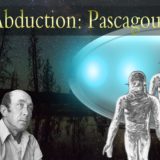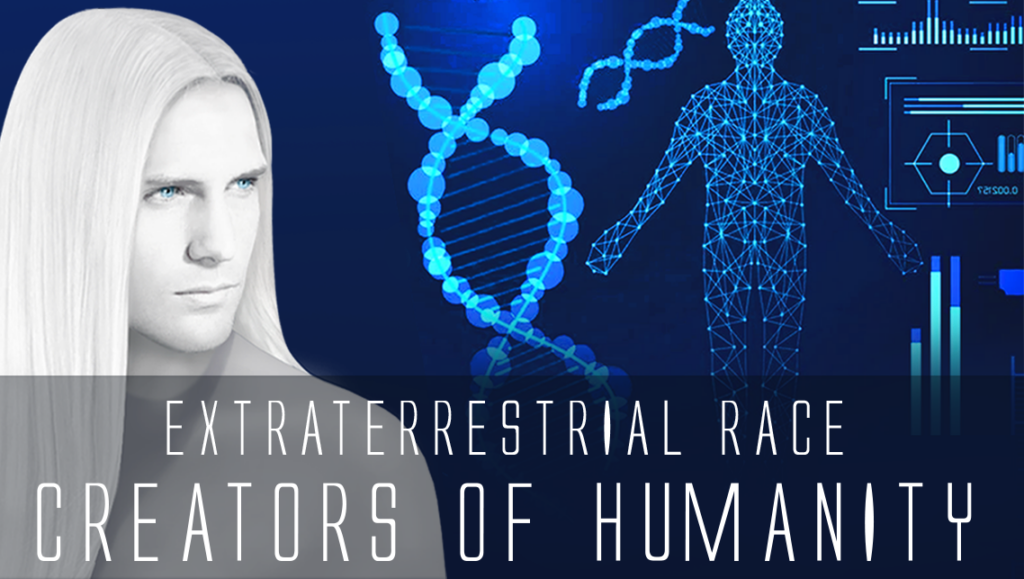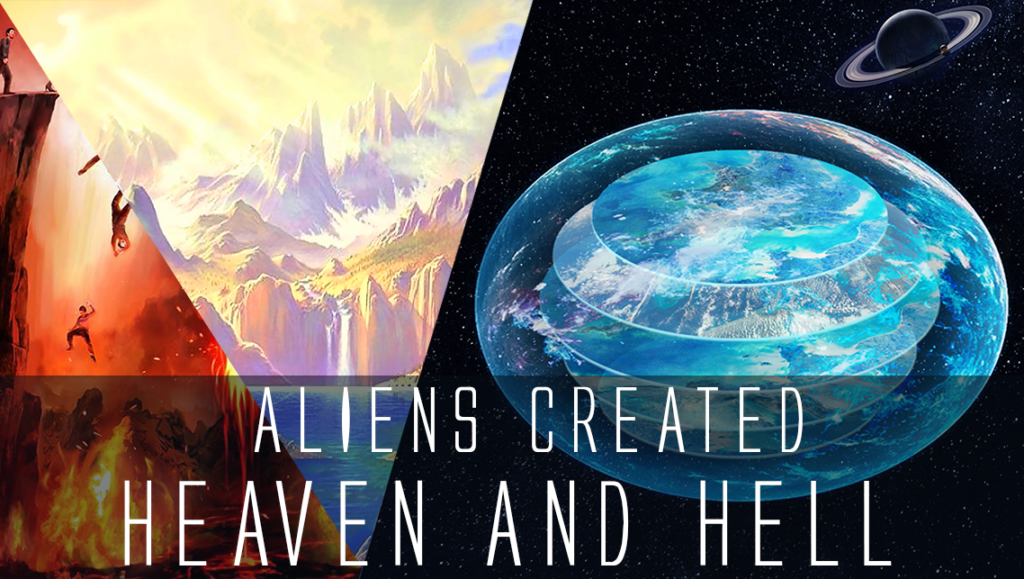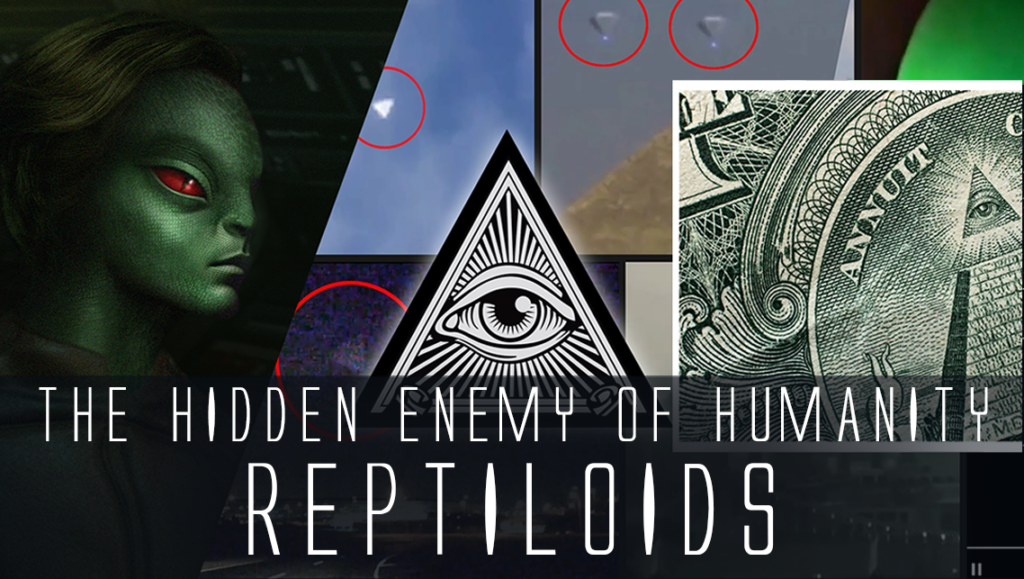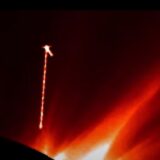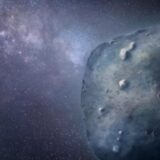Move over, Einstein! ‘Chameleon’ theory provides alternate explanation for cosmos formation
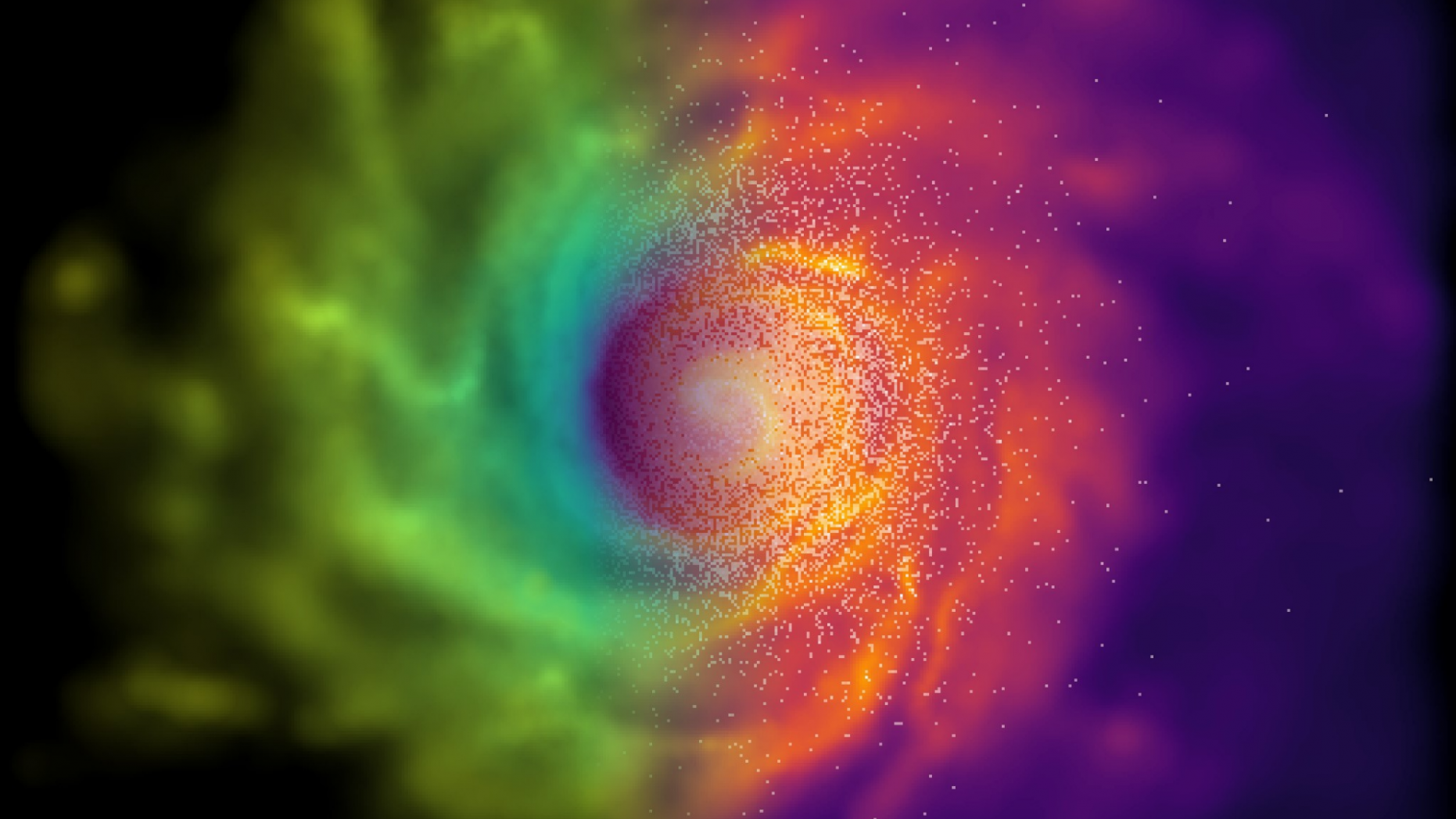
A group of scientists has created a computer simulation of the universe in order to test out an alternative theory to Albertn Einstein’s theory of general relativity.
Their study found that galaxies similar to our own Milky Way could still form in the universe with modified laws of gravity, suggesting that the theory of relativity is not the only way to explain gravity’s role in the evolution of the universe.
Physicists from Durham University in England created the computer simulations using a leading alternative model for gravity called “f(R)-gravity,” also known as the “Chameleon Theory,” which alters the behavior of gravity according to the surrounding environment. The simulations showed that the modified gravity model could still lead to galaxy formation.
“Modified gravity theories, including [the] Chameleon Theory, had been studied by the community for a while, and a lot of their predictions were known,” Baojiu Li, a physicist at the Institute for Computational Cosmology at Durham University and co-author of the new study, told Space.com. “However, the majority of these previous studies were conducted with a critical simplification — the assumption that the universe contains only dark matter, and no luminous matter.”
One of the unanswered questions in cosmology is the reason that the universe is expanding, Li said, and other models have tried to answer that question by introducing an unknown force called dark energy. This constant force in the theory of general relativity can account for the expansion of the universe, but does so by including a vast amount of dark matter that cannot be observed and remains unconfirmed.
Scientists believe that around 68% of the universe is made up of dark energy, while dark matter makes up 27%; normal matter, which includes bodies that are visible to us such as planets, stars and galaxies, makes up around 5%.
“However, alternatives to a cosmological constant, which explain the accelerated expansion by modifying the law of gravity, like f(R)-gravity, are also widely considered given how little is known about dark energy,” Li added.
The study also looked at the effect of modified gravity on supermassive black holes, which eject heat and material that burns away at the gas needed to form stars. The energy emitted from black holes also feeds nuclei found in galaxies, and therefore plays a major role in galaxy formation.
However, the findings suggest that, even with different gravity laws decreasing the amount of heat being ejected by black holes, galaxies still formed in the simulated model of the universe just like they do in the actual universe.
“The study itself does not say anything about the validity of general relativity, but it points to possible things one could look at when trying to distinguish the Chameleon Theory from general relativity with future data,” Li said.
The researchers plan on testing their observations through the Square Kilometer Array, a group of radio telescopes located in Australia and South Africa that are scheduled to be up and running by mid-2020.

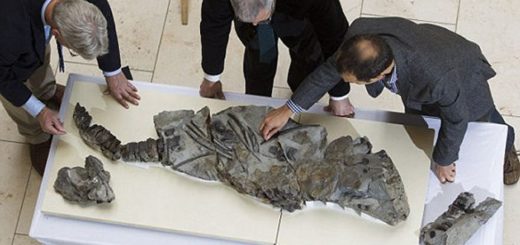

 Creators of mankind
Creators of mankind Description of “Tall white aliens”
Description of “Tall white aliens” Where they came from?
Where they came from? About hostile civilizations
About hostile civilizations The war for the Earth
The war for the Earth “Tall white aliens” about eternal life
“Tall white aliens” about eternal life Video: “Nordic aliens”
Video: “Nordic aliens” Aliens
Aliens Alien encounters
Alien encounters The aliens base
The aliens base UFO
UFO Technology UFO
Technology UFO Underground civilization
Underground civilization Ancient alien artifacts
Ancient alien artifacts Military and UFO
Military and UFO Mysteries and hypotheses
Mysteries and hypotheses Scientific facts
Scientific facts